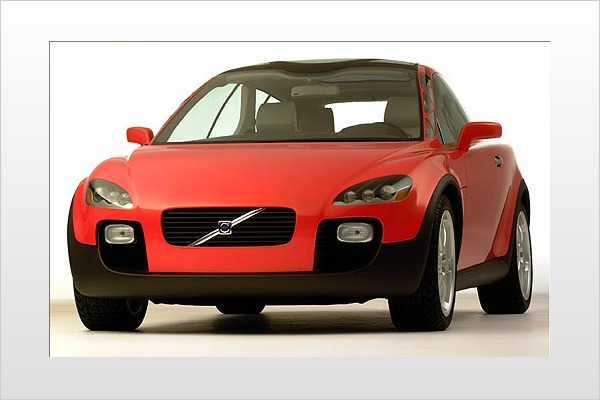
There's an old adage in advertising: "Sex sells." A quick glance at a nearby magazine rack will confirm that this philosophy lives on in our popular media. From the cover of Cosmo to the Sports Illustrated Swimsuit Edition to People Magazine, we're deluged with salacious images.
This trend applies to the automotive business, as well. It's no secret that many consumers purchase cars as much for their sex appeal, styling and attractiveness as for their functionality. In response to this perceived "need," automotive designers go out of their way — sometimes too far out of their way — to come up with the latest look, to mold sheet metal into sex appeal.
The truth is, we love attractive cars. We love the way they make us feel, the way they make us look, what they say about our own attractiveness. But there's a new maxim in the car business these days: "Safety sells." Believe it or not, safety has become sexy.
With an aging population of baby boomers having families of their own, and with Americans in general spending more and more time on the road, awareness surrounding vehicle safety has heightened dramatically in the past decade or so. As a result, automakers are now scrambling for the crown of "safety leader."
Case in point: In 1999, Ford Motor Co. acquired Volvo Car Corp., a company long recognized for its safety reputation. Since then, Ford has used the Volvo connection as a springboard to raise its safety profile in the industry.
One of the more interesting concept cars to appear lately is Volvo's Safety Concept Car (SCC), which made its official world debut at the 2001 North American International Auto Show. Volvo recently sent the SCC on the road for a multi-city tour across North America, and during its stop in Los Angeles we had a chance to inspect the car and learn more about its unique design. The vehicle contains an impressive array of cutting-edge features that will likely find their way into Volvo and Ford products in the future (and other vehicles too, since safety is a very competitive area). It may well be the shape of things to come.
The hallmark of the SCC is "superior vision" — that is, improving the sightlines for the driver and providing more visual information. According to Volvo, "More than 90 percent of all important information comes to the driver in the form of visual input through the car's windows and windshield." By adapting the vehicle to each individual's driving position, the Volvo Safety Concept Car optimizes the driver-machine interface and reduces the likelihood of an accident.
In a scenario that sounds like a page out of a science fiction novel, the SCC accomplishes this by using sensors to scan the position of the driver's eyes, then adjusting the driver seat to offer optimum visibility. Once this is done, the steering wheel, floor, pedals and center console all automatically adjust to give maximum ergonomic feel and comfort. According to Volvo, "All the controls are ideally positioned so that the driver has full control and the best possible conditions for responding to emergencies. A relaxed driving position also boosts comfort, so the driver can be more alert behind the wheel."
In addition, the Volvo SCC boasts a number of other design advances that markedly improve driver visibility:
The above features would be enough safety advancements in one concept vehicle to satisfy most manufacturers. But not Volvo. The SCC also includes a number of personal security functions that ensure driver safety beyond the actual driving experience. These are made available to the operator by way of an advanced remote control called the Volvo Personal Communicator (VPC). The VPC remote unit has a built-in fingerprint sensor that identifies the operator. Not only does this lock out potential unauthorized users of the vehicle, but the remote can be programmed to identify multiple drivers, so an entire family, for instance, can use the same remote, while no one else would be able to access the vehicle. This opens up a whole world of programming functions via the remote. For example, as soon as the remote identifies a driver, the VCP immediately communicates this to the vehicle, whereupon the car automatically adjusts the steering wheel, seating position and more to the settings of that particular driver. By the time the driver slides behind the wheel, the car is ready to go. Additionally, the remote can be programmed to perform a number of telematics functions, such as emergency notification in the event of an accident. In this manner, it functions as an extension of Volvo's On-Call service (similar to GM's OnStar), a telematics-based service that offers everything from emergency roadside assistance to a vehicle locator. We found the SCC to be an impressive concept vehicle, loaded with the promise of future technology. We'll keep you posted as Ford and Volvo begin to incorporate some of these technologies into new vehicles. Here are several related links that might be of interest:
Prepare to Get Belted by Ford
Top 10 High-Tech Car Safety Technologies
The Evolution of Front Airbags